Circuit breakers play a critical role in all electrical systems. You have them in your home, in your car, and you need circuit breakers for trolling motors as well.
If you’re new to electric trolling motors, you may not even know what a circuit breaker is and why you need one.
I sure didn’t at first!
This guide will teach you everything you need to know on the topic, so let’s begin.
Contents
What is a circuit breaker, and how does it work?
A circuit breaker protects the electrical system of your trolling motor, as well as your battery, from damage due to electrical current overload or short circuits.
Circuit breakers “trip” (cut power) above a specific amperage, so the motor and battery will not suffer damage from electrical overload.
There are 2 types of circuit breakers:
- Electromagnet-based circuit breaker: The magnetic force of a strip inside the mechanism increases when an electric current passes through. If the current is too strong, the magnet causes a metal lever to switch off, tripping the circuit breaker.
- Bi-metal strip-based: The electric current heats a bimetallic strip. As the strip heats up, it bends. If too much electric current passes through, the strip bends and mechanically trips the circuit breaker. This type of circuit breaker has to cool down a bit before you can use it again.
Both types of circuit breakers work equally well in protecting your motor.
When will a circuit breaker trip?
There are several scenarios when a trolling motor circuit breaker will trip and cut power to the motor:
- When the trolling motor encounters resistance (weed under the water) and tries to draw more power to keep spinning. This is the most common scenario.
- The wire (gauge, number of strands) is not chosen correctly for the length of the wire.
- Connections in the circuit are loose or corroded.
Here is a very interesting video on what happens inside a Bi-metal circuit breaker when it trips.
Do you really need to use a circuit breaker with electric trolling motors?
Yes, you must install a circuit breaker when using a trolling motor, even though the battery would power the motor without it as well.
There are several reasons.
- First, trolling motor manufacturers require the use of circuit breakers. Not using one will void your warranty.
- Second, the US Coast Guard requires by law, that boaters use a manually reset, trip-free circuit breaker to protect ungrounded current-carrying conductors.
- Third, it’s just common sense.
Why?
Let’s say you just bought a 55lb thrust trolling motor and a 100 Ah battery for around $500 in total.
If your motor’s propeller gets caught on something that prevents it from rotating (thick weeds, a rock, a log, etc.), the motor will try to draw more and more power from the battery to turn itself.
The extra amperage can quickly overload the motor and cause it to fail… unless you have a $20 circuit breaker to cut the power before amperage increases to a damaging level.
Spending $20 to protect a $500 investment into infinity is a smart move.
What capacity circuit breaker should you use with your trolling motor?
Circuit breakers come in various amperages. You should choose the capacity of the circuit breaker based on the maximum amount of current your motor can draw at max speed. The amperage rating (trip point) of the circuit breaker you choose should be just larger than the max amperage draw of your motor.
Trolling motors have differing max amp draws, so you need to check it for your motor.
Specifically:
- Amper draw up to 42 amperes needs 50 Amp circuit breaker.
- Amper draw between 43 and 56 amperes needs 60 Amp circuit breaker.
Also, it’s a good idea to get a breaker that is waterproof. After all, you’ll be using it on the water.
How to install a circuit breaker
Installing a circuit breaker is simple. You need to integrate it into the positive cable between your motor and battery.
This circuit breaker wiring diagram shows you where it goes in the circuit.
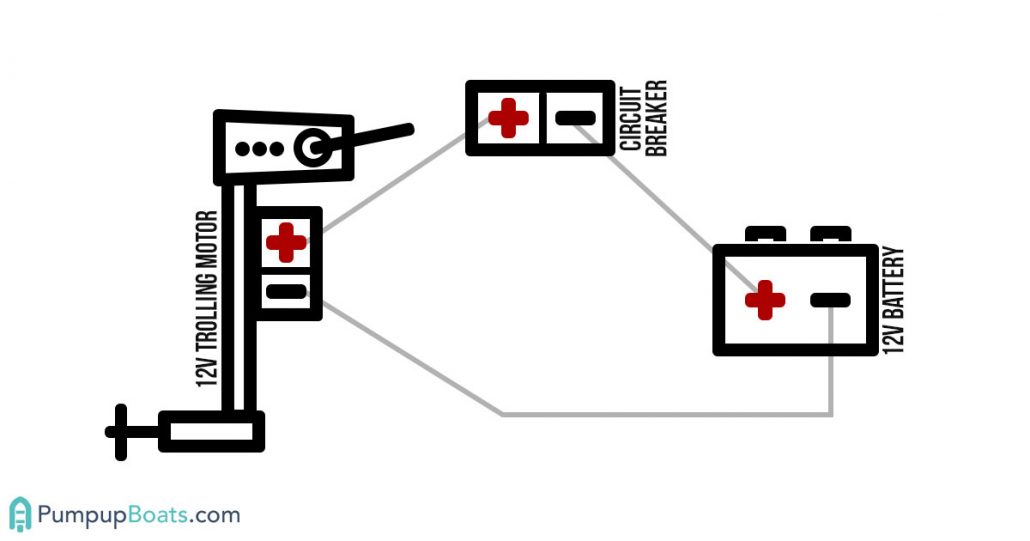
Here are the steps to installing a circuit breaker between your trolling motor and battery:
- Find the POSITIVE wire that runs between your electric trolling motor and marine battery.
- Have an extra battery cable ready, or cut the cable at the point you want to install the circuit breaker. It should be relatively close to the battery, no more than 1.8m away from it. If you cut the cable, you will need to attach wire terminal ends to be able to attach
- The circuit breaker will have two terminals. They may be marked as BAT (battery) and AUX (motor), or as IN (battery) and OUT (motor), or not marked at all. This doesn’t matter though, the current flows both ways, so you can’t switch up the terminals by mistake.
- Connect the motor’s positive power cable to the breaker terminal labeled “AUX”.
- Connect the battery’s positive cable to the other breaker terminal.
The method of connecting the cut wire to the circuit breaker’s terminals will depend on the terminal itself.
Can you use a fuse instead of a circuit breaker with trolling motors?
No, you cannot use a simple fuse with a trolling motor as a substitute for a circuit breaker.
Fuses work a bit differently than manual-reset circuit breakers. A fuse will heat up under too much amperage and blow out, breaking the current. You can only use it a single time and would need to replace it if it blows.
In contrast, circuit breakers can be used repeatedly with a push of the reset button.
Also, remember the US Coast Guard requirement? They stipulate that you need to use a manual reset circuit breaker, not a fuse.

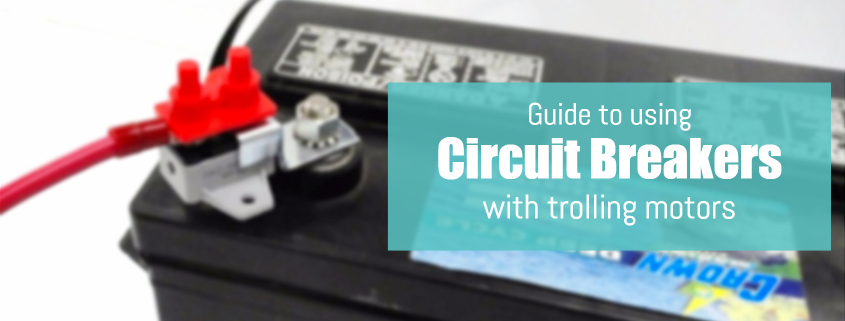
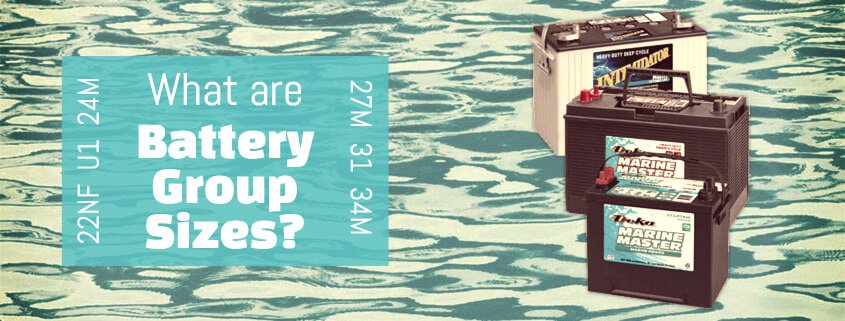
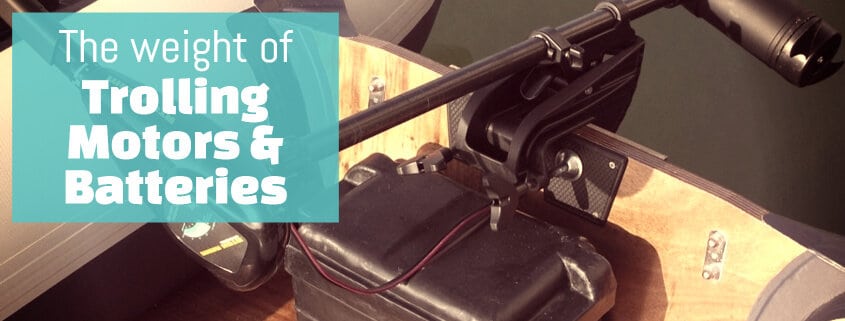
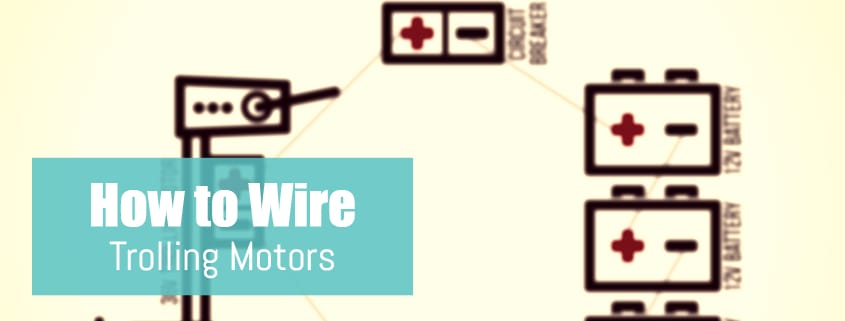
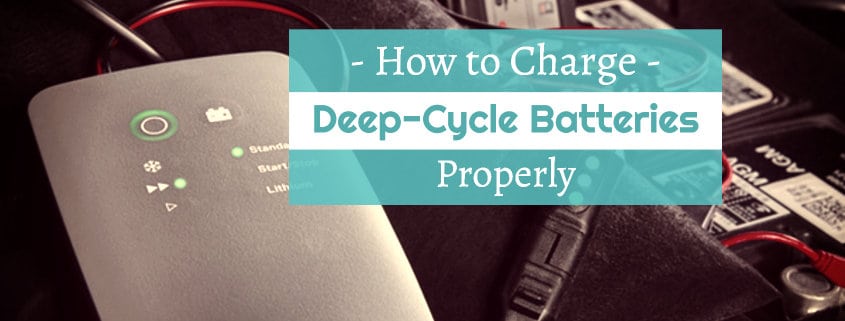
Very informative post, thank you for taking the time to write this all out!